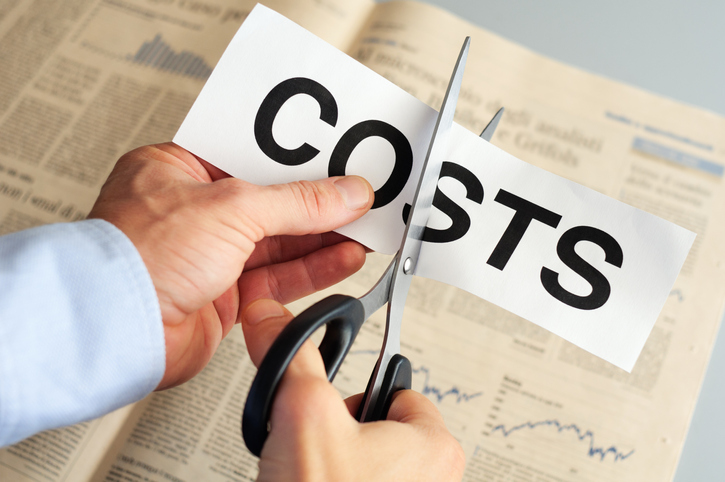ii view: Cost cutting on the conveyor belt at Sainsbury's
Like-for-like sales fell again at Sainsbury's, but they did improve and management is taking action.
25th September 2019 13:51
by Keith Bowman from interactive investor
Like-for-like sales fell again at Sainsbury's, but they did improve and management is taking action.

Second-quarter trading for 12 weeks to 21 September 2019
- Total sales up 0.1% (excluding fuel)
- Like-for-like sales down 0.2% (excluding fuel)
- Grocery sales up 0.6% - General merchandise sales down 2%
- Clothing sales up 3.3%
- Maintaining full-year profit guidance
- Reducing costs by £500 million over five years
- Store closures to generate an annual net operating profit benefit of £20 million
- Three-year net debt reduction target up to at least £750 million, from £600 million
Chief executive Mike Coupe said:
"Sales momentum was stronger in all areas and we further improved our performance relative to our competitors, particularly in Grocery. We have focused on reducing prices on every day food and grocery products and expanding our range of value brands, which have been very popular with customers. At the same time, we are investing significantly in our supermarkets, driving consistent improvements to service and availability.
"Argos continued to grow market share in key categories, but sales were impacted by reduced promotional activity and the timing of new product releases in gaming and toys. Clothing sales were boosted by clearance activity and strong online growth and Tu continued to grow market share. Financial Services sales were in line with expectations."
ii round-up:
Founded in 1869, Sainsbury's (LSE:SBRY) today has around 600 supermarkets, over 800 convenience stores and almost 900 Argos stores in both stand-alone and supermarket locations.
It also operates Sainsbury's Bank. The retailer employs over 170,000 people.
For a round-up of this second-quarter trading update, please click here.
ii view:
Food retailing is a tough market place. The rise of the discounters is ongoing, while higher end competitor Marks & Spencer (LSE:MKS) is placing a growing emphasis on its food offering. Tesco (LSE:TSCO) is also working hard on recovery, while Morrisons (LSE:MRW) is fostering a growing relationship with Amazon (NASDAQ:AMZN).
News of store closures and cost cutting arguably comes as little surprise given Sainsbury's blocked tie-up with Walmart's (NYSE:WMT) UK retailing empire Asda. Sainsbury's positioning at the mid to upper end of the market appears relatively unique. Furthermore, the business model at Argos looks to lend itself to online retailing with additional cost savings now being targeted as more Argos outlets are moved in store.
For investors, news of cost saving initiatives and an increased emphasis on cutting debt is positive. But change takes time and the competition isn't standing still. The quarterly decline in like-for-like sales is the smallest in a year, which is encouraging, but, for now, the 5% dividend yield covered by earnings almost twice offers the core attraction.
Positives:
- Now targeting cost reduction of £500 million over five years
- Three-year net debt reduction target up to at least £750 million, from £600 million
- An attractive dividend payment
Negatives:
- Like-for-like sales (ex fuel) have fallen for four consecutive quarters
- Factors outside of its control such as the weather can influence performance
- The war online is growing – M&S has partnered up with Ocado (LSE:OCDO), Morrisons with Amazon.
The average rating of stock market analysts:
Hold
These articles are provided for information purposes only. Occasionally, an opinion about whether to buy or sell a specific investment may be provided by third parties. The content is not intended to be a personal recommendation to buy or sell any financial instrument or product, or to adopt any investment strategy as it is not provided based on an assessment of your investing knowledge and experience, your financial situation or your investment objectives. The value of your investments, and the income derived from them, may go down as well as up. You may not get back all the money that you invest. The investments referred to in this article may not be suitable for all investors, and if in doubt, an investor should seek advice from a qualified investment adviser.
Full performance can be found on the company or index summary page on the interactive investor website. Simply click on the company's or index name highlighted in the article.